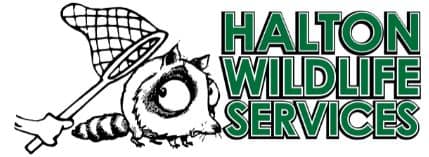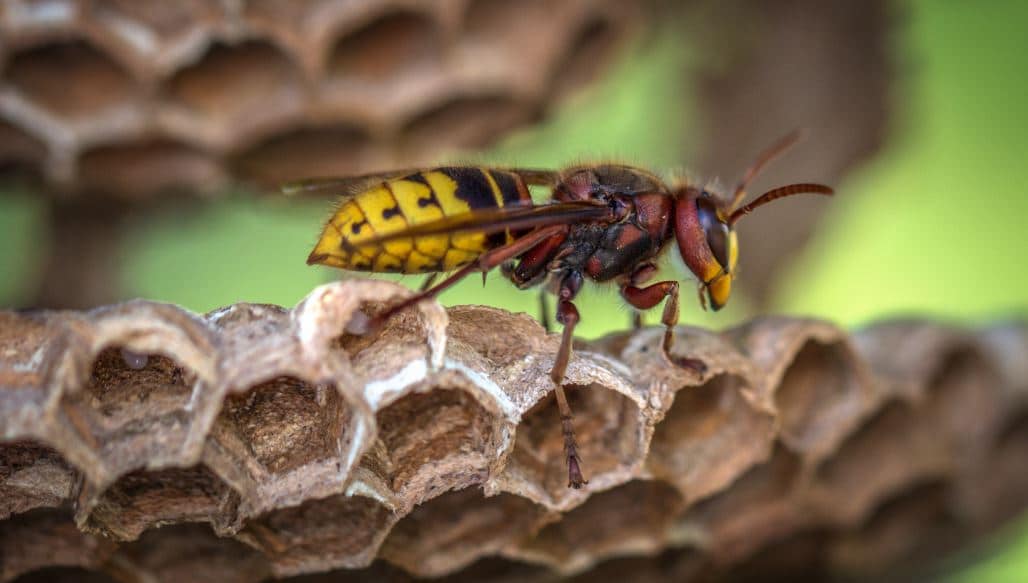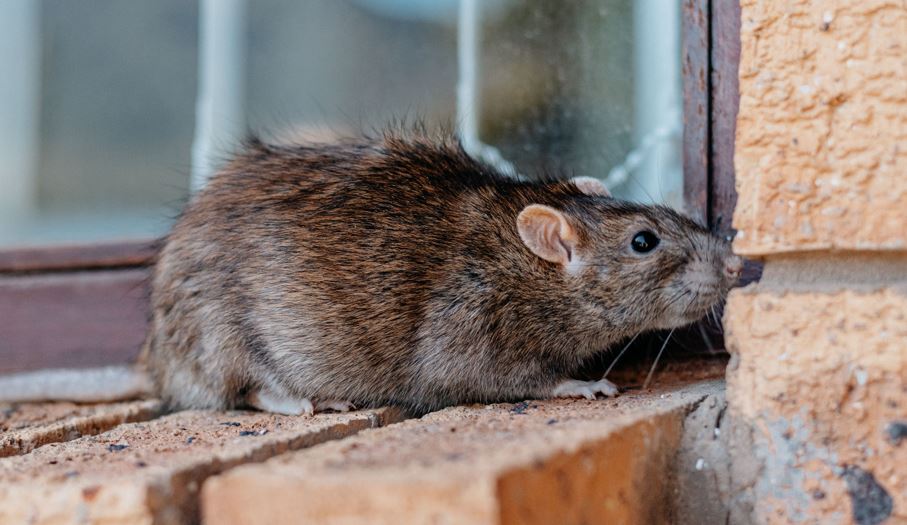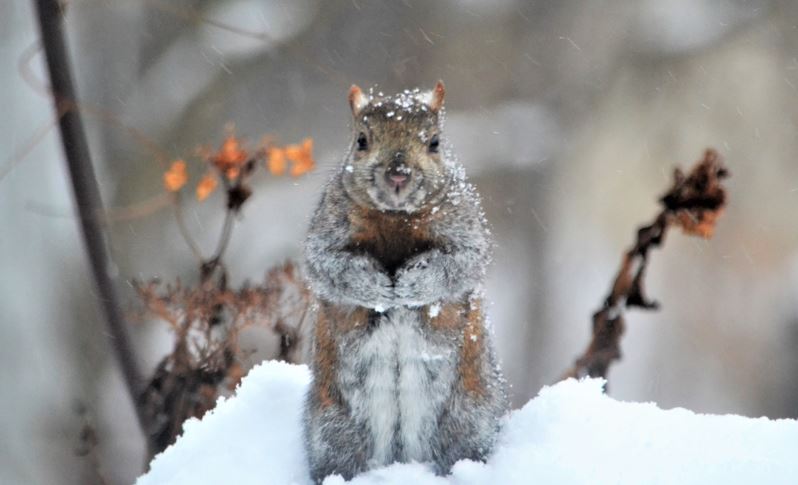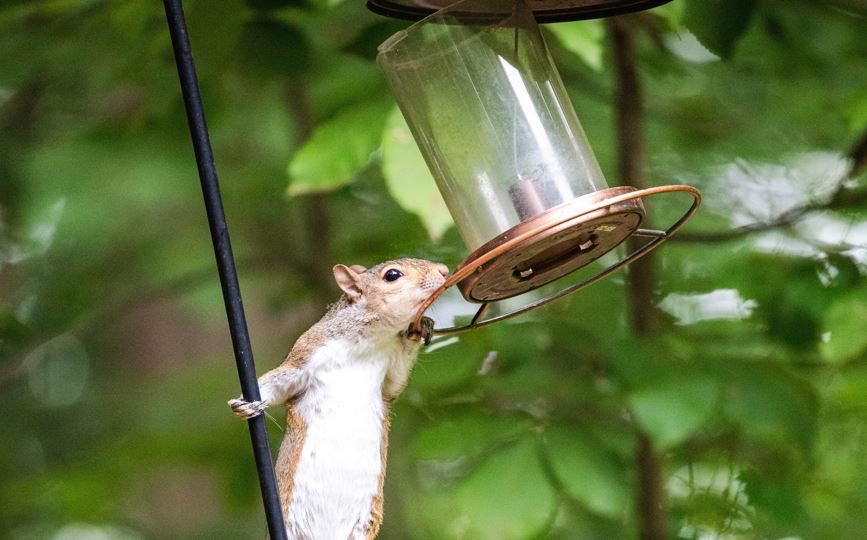With summer finally upon us, we are now in the height of wasp nesting season – beware of wasp bites! These pesky insects like to build their nests in trees, holes around your home or up in your eaves making them an incredible nuisance when you are trying to enjoy the backyard. When it comes to removing a wasp nest you have to take caution because a nest can often contain hundreds of wasps who, when threatened, are likely to react by stinging you. One wasp sting often isn’t a big deal, but how many is too many? While there is no hard and fast answer to this question, it’s always a good idea to enlist the help of a professional to get rid of a wasp nest.
Common reactions to a wasp sting
Generally speaking, you will likely experience one or more of these symptoms when you get stung by a wasp:
Did you know at Halton Wildlife Services we’re wasp control experts, too? We get rid of wasp nests on or around your property fast so you can get back to enjoying your outdoor space! Ticks or mosquitoes? We do that, too!
- An immediate sharp pain when you were stung
- A red bump that is about the size of a mosquito bite
- The area will likely swell a bit and the swelling could get more severe over the next few days, though it usually goes down within a few hours
If you experience these symptoms but they don’t go away within a few days or they get more severe with each sting, it would be a good idea to make an appointment with your doctor.
Are you allergic to wasps?
Naturally the first thing you have to do is make sure you are not having an allergic reaction to the sting. There are a few signs that you might be allergic to wasps including:
- Any sort of skin reaction like hives, itchiness or looking pale or flushed
- Swelling of your tongue and/or throat
- Fainting or dizziness
- Any difficulty with your breathing
- Significant changes in your pulse
- Feelings of nausea
How to treat a wasp sting
Treating a wasp sting is actually very quick and simple, assuming you are not allergic to them.
Step 1: Clean the area with soap and water or an antibacterial wipe from a first aid kit if you have one close.
Step 2: Apply ice to the area to relieve any swelling
Step 3: Use an antiseptic cream to prevent an infection. While not a guarantee, this will reduce the likelihood significantly.
Step 4: If your pain is bad you can consider taking a painkiller or antihistamine to help
When multiple wasps sting
Wasps usually won’t sting more than a couple times, and often only if they feel threatened. If you happen to be in a situation where multiple wasps feel like they need to defend themselves, you could end up on the losing end of multiple stingers. While painful, this isn’t a big deal if you only end up with a few stings. However, if you find yourself nursing several stings, you might be in the position to need medical assistance. Here’s how to tell if you need to call 911 or see a doctor urgently:
- You feel nauseous or you start vomiting
- You feel dizzy
- You start to experience convulsions
- You get a fever after getting stung
What to do if you find a wasp nest in your yard
You may think that you need to act fast when you find a wasp nest near your home, but the removal of the nest isn’t something to do haphazardly. Wasps get aggressive when they feel threatened, so just hitting it down with a stream of water or a bat is going to do more harm than good.
There are some ways of removing a wasp nest by yourself, but it is often a safer idea to contact a professional to help you out. This ensures that no one will face unnecessary stings or the possibility of triggering an allergy.
